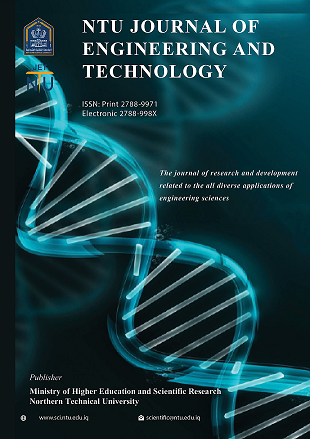Fog Computing: A Comprehensive Review of Architectures, Applications, and Security Challenges
DOI:
https://doi.org/10.56286/ntujet.v2i2.614Keywords:
Fog Computing, Edge Computing, Cloud Computing, SecurityAbstract
Fog computing has emerged as a promising paradigm for bringing capabilities of cloud computing closer to the edge computing. It tries to overcome the limits of traditional cloud designs by putting storage, computing, and resources of networking closer to the data source. This results in accelerated processing, decreased latency, and enhanced system performance. Fog computing designs use a hierarchical approach, where the fog nodes act as an intermediary layer for local data processing and the cloud infrastructure acts as the top layer to support the fog nodes while the devices and sensors generate the data at the bottom layer. The paper discusses the uses of fog computing, and security issues,and suggests countermeasures including encryption, intrusion detection, and access control to reduce risks. It is anticipated that as fog computing develops further, it will spur creativity and efficiency in the linked world because to its adaptability and versatility. In order to properly utilize the promise of fog computing and handle security concerns, the paper underlines the significance of ongoing research and development.
Additional Files
Published
Issue
Section
License
Copyright (c) 2023 NTU Journal of Engineering and Technology

This work is licensed under a Creative Commons Attribution 4.0 International License.











